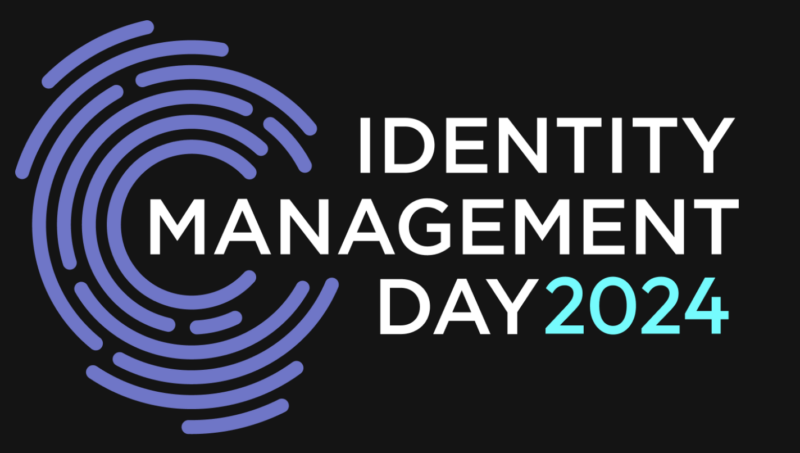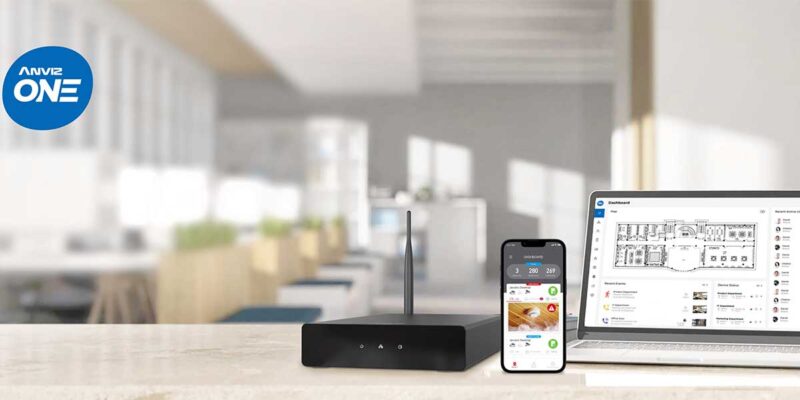Director of AV, Meet Director of Security
 In July of this year, one of our local sales and integration firms, Advance Technology Inc. (ATI), won the Installer of the Year award from Security Sales & Integration Magazine. You can check out the news release here. What struck me about the article is that ATI is using some sophisticated tools for remote maintenance and support. You can read about it in the article, but in short, they are using the network and the cloud to better support their customers and make sure they keep their security systems running. This is something I have written and spoken about on many occasions, but in relation to supporting AV.
In July of this year, one of our local sales and integration firms, Advance Technology Inc. (ATI), won the Installer of the Year award from Security Sales & Integration Magazine. You can check out the news release here. What struck me about the article is that ATI is using some sophisticated tools for remote maintenance and support. You can read about it in the article, but in short, they are using the network and the cloud to better support their customers and make sure they keep their security systems running. This is something I have written and spoken about on many occasions, but in relation to supporting AV.
You also may be interested to know that ATI is also an AV integration firm. I find it surprising that we don’t find more companies who have joined these specialities. Wisely, ATI keeps the specialities as separate divisions, but clearly so much of what they do relate to each other. Cameras, along with monitors and control systems to manage the security systems, are all AV devices.
Reading the article made me think more and more about what we can do on our campuses to keep our students safe and to respond in the case of an emergency. It also makes me wonder why in so many cases, the AV team and security team don’t work together as much as they could to provide a safer environment. I can only imagine it is due to the fact that both divisions think they are experts in their fields and don’t want the other division telling them how to do their work. Unfortunately, this attitude only causes a lack of progress and potentially costs us money.
A specific area of collaboration is cameras and audio in classrooms. More and more of us are installing class capture systems in our classrooms. These systems include cameras and microphones. Why don’t we meet with our security team and talk about how, in an emergency, these systems could be activated for use by security? The most obvious examples here would be a hostage situation, an active shooter or some type of standoff. Being able to look into a room and see and hear what is happening could be invaluable to security who was trying to end the situation. In our case, this system would be very easy to implement. The rooms that we have installed class capture in all have Crestron Capture HD equipment. This allows us to stream the content. With a iPad or iPhone control you could turn on the streaming, get instructions on how to view it and control the camera. Vaddio has its AV Bridge, which would provide a very similar service at a modest cost.
Obviously, the above situations are critical, scary and we hope that we never have to face them. So, are there ways that we can use this technology on a more regular basis for security needs? Indeed, there are. Theft is an issue on most campuses. Technology managers have tried a variety of ways to secure their projectors and other equipment. Thick cables, audible alarms and even cages protect the equipment on many campuses. However, what if we could catch people in the act? With a smart programmer and integrated systems, you could set up a system to record thefts. Rooms could be programmed so that if there is activity detected after a certain time at night, say 10 p.m., the cameras would turn on, go to a preset and begin recording. The video could automatically be uploaded to a server. Or, if connected properly, a notification could be sent to the security office, and they could take a live view of the room. If there is concern about whether activity in the room would set the camera off on too regular of a basis, then how about a trigger that the projector has gone offline? That could begin the recording process. Perhaps you could put a motion detector right at the projector, with a tightly masked area, so the camera will only record when motion is detected right at the projector.
The benefit of a trigger from room activity is that it would be able to record activity other than theft of a projector. Vandalism, theft of other equipment, or just general undesired activities could be prevented.
It’s a win, win for both the security and the AV departments. The security department does not have to pay for cameras in every room, while the AV group does not have to pay for the underlying security infrastructure. Best yet, the college as a whole wins. I imagine that companies like Advance Technology are perfectly poised to get into this business right now. This is because they are already in both businesses. The best piece for integrators like ATI is that they are selling equipment AND a service here. We all know that it is the service that is going to make them the money.
I understand that there are politics involved when it comes to cameras and privacy. People are very wary of cameras recording their activities. I guess for me, the end question is about safety. It needs to come first. However, there are many precautions that could be put in place. One significant step that could be taken is a security override pin number that needs to be entered in order to gain access to these cameras remotely. Whenever this pin gets used, a specified list of people get notified via text message, so we know the system is not being abused.
Like any grand idea, if you want to implement this on your campus, you need to start with a plan. If you go through the work to put all of this in place, but no one knows how to use it when the time comes, then you have failed. So, if you are a tech manager, go sit down with your director of security and let him/her know what is possible. Be part of a proactive plan to keep your campus safe. Are you doing anything like this on your campus? Let me know — I look forward to hearing from you.





